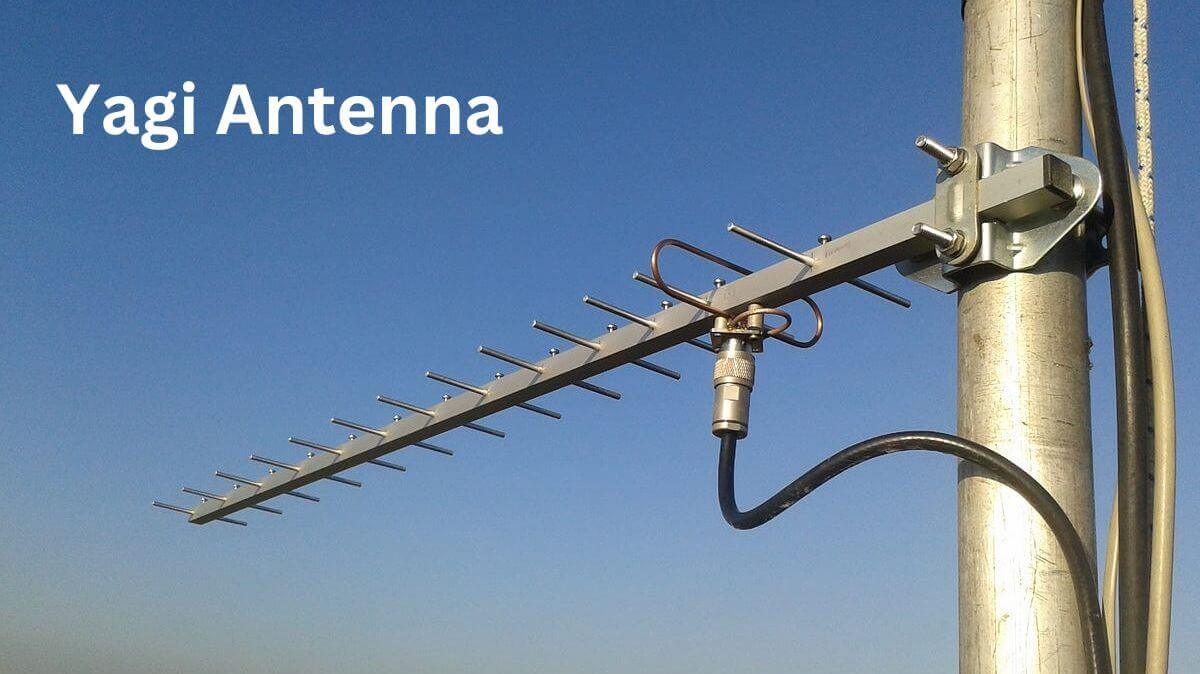Introduction
Are you tired of dropped calls and sluggish internet speeds? If so, you’re not alone. Many people struggle with poor cellular reception, especially in rural or remote areas where signals can be weak or inconsistent. Enter the Yagi antenna—a powerful solution designed to boost your signal strength and enhance your connectivity experience.
This directional antenna has gained popularity among both casual users and tech enthusiasts alike. But what exactly is a Yagi antenna, and how does it work its magic? Dive into this comprehensive guide to discover everything you need to know about harnessing the power of a Yagi antenna for superior cellular reception. Whether you’re looking to improve your home network or seeking reliable coverage on the go, this post will equip you with all the insights needed for informed decisions!
How Does a Yagi Antenna Work?
A Yagi antenna is a directional device that focuses radio waves in a specific direction. It consists of multiple elements, including a driven element, reflectors, and directors.
The driven element receives signals from the cellular tower, while reflectors enhance reception by bouncing signals back towards the driven element. Directors work to further focus these signals forward for improved clarity and strength.
This design enables the Yagi antenna to pick up weaker signals from faraway towers more efficiently than omnidirectional antennas. The result is enhanced signal quality with reduced interference from surrounding sources.
Positioning matters too; aligning it toward the cell tower can significantly boost performance. With careful installation, users can enjoy clearer calls and faster data speeds—making it an appealing option for those facing connectivity issues in remote areas or inside buildings with poor reception.
Benefits of Using a Yagi Antenna for Cellular Reception
Using a Yagi antenna can significantly enhance your cellular reception. Its design focuses on directing signals, making it highly efficient at picking up distant frequencies.
One of the standout benefits is its ability to improve call quality. With better signal strength, dropped calls and poor audio become less frequent, allowing for seamless conversations.
Additionally, a Yagi antenna can extend your data speeds. This is particularly useful in rural areas where cell towers are sparse. Users often experience faster internet access as the antenna captures weak signals more effectively.
Moreover, installation flexibility makes these antennas appealing. They can be mounted outdoors or indoors depending on space and needs.
Durability adds another layer of appeal; most Yagi antennas are built to withstand various weather conditions, ensuring long-lasting performance without constant replacements or repairs.
Factors to Consider Before Purchasing a Yagi Antenna
When considering a Yagi antenna, start with your location. Signal strength can vary significantly based on geography and nearby structures. Make sure to assess where you’ll install it.
Next, think about the frequency range of your cellular provider. Different antennas cater to specific bands. Ensure that the Yagi antenna you choose aligns with the frequencies used by your mobile network.
Consider gain as well; this measures how much an antenna amplifies signal compared to a reference point. A higher gain often leads to better performance in weak signal areas.
Don’t overlook compatibility with existing equipment either—check connectors and cables needed for installation. Budget is crucial; while investing in quality is wise, there are options across various price ranges that meet different needs without sacrificing too much performance.
Also Read: What is the purpose of a book dust jacket?
Tips for Installing and Maintaining a Yagi Antenna
When installing a Yagi antenna, location is key. Choose a spot with minimal obstructions like trees and buildings to maximize signal strength. Height matters too; mounting the antenna as high as possible can significantly improve performance.
Make sure you securely fasten the antenna to prevent movement during windy conditions. Use weather-resistant materials for durability against harsh elements.
Regular maintenance is essential. Periodically check connections and cables for wear or corrosion, which could affect reception quality. Cleaning the antenna helps remove dirt or debris that might interfere with signals.
Periodically reassess your surroundings. New constructions nearby can alter signal paths over time, so be ready to adjust your installation if needed for optimal reception. Stay proactive to ensure that your Yagi antenna continues to perform at its best.
Common Misconceptions About Yagi Antennas
Many people believe that Yagi antennas are only for ham radio enthusiasts. This misconception limits the understanding of their versatility. In reality, they improve cellular reception in various settings.
Another common myth is that Yagi antennas require complex installation processes. While some technical knowledge can be helpful, many models are designed for easy setup. Clear instructions make it accessible even for beginners.
Some think Yagi antennas work poorly indoors, but that’s not entirely true. They can effectively boost signals when placed near windows or in open areas within a home.
There’s a notion that these antennas are bulky and unattractive. Modern designs offer sleek options that blend seamlessly with your surroundings without sacrificing performance.
Conclusion: Is a Cellular Yagi Antenna Right for You?
When considering whether a cellular Yagi antenna is the right choice for you, it helps to weigh your specific needs against what these antennas offer. If you’re in an area with weak signal strength or frequent dropped calls, investing in a Yagi antenna could significantly enhance your cellular reception.
These antennas excel at directing signals towards cell towers, making them particularly effective for rural areas or remote locations. However, they do require some knowledge for proper installation and alignment.
Also consider factors such as size, range, and frequency compatibility with your mobile device. Maintenance is relatively low but should not be overlooked if you want consistent performance.
For those who value reliable connectivity—whether for work or personal use—a Yagi antenna can make a noticeable difference. Understanding how it fits into your lifestyle will help determine if this solution meets your needs effectively.
